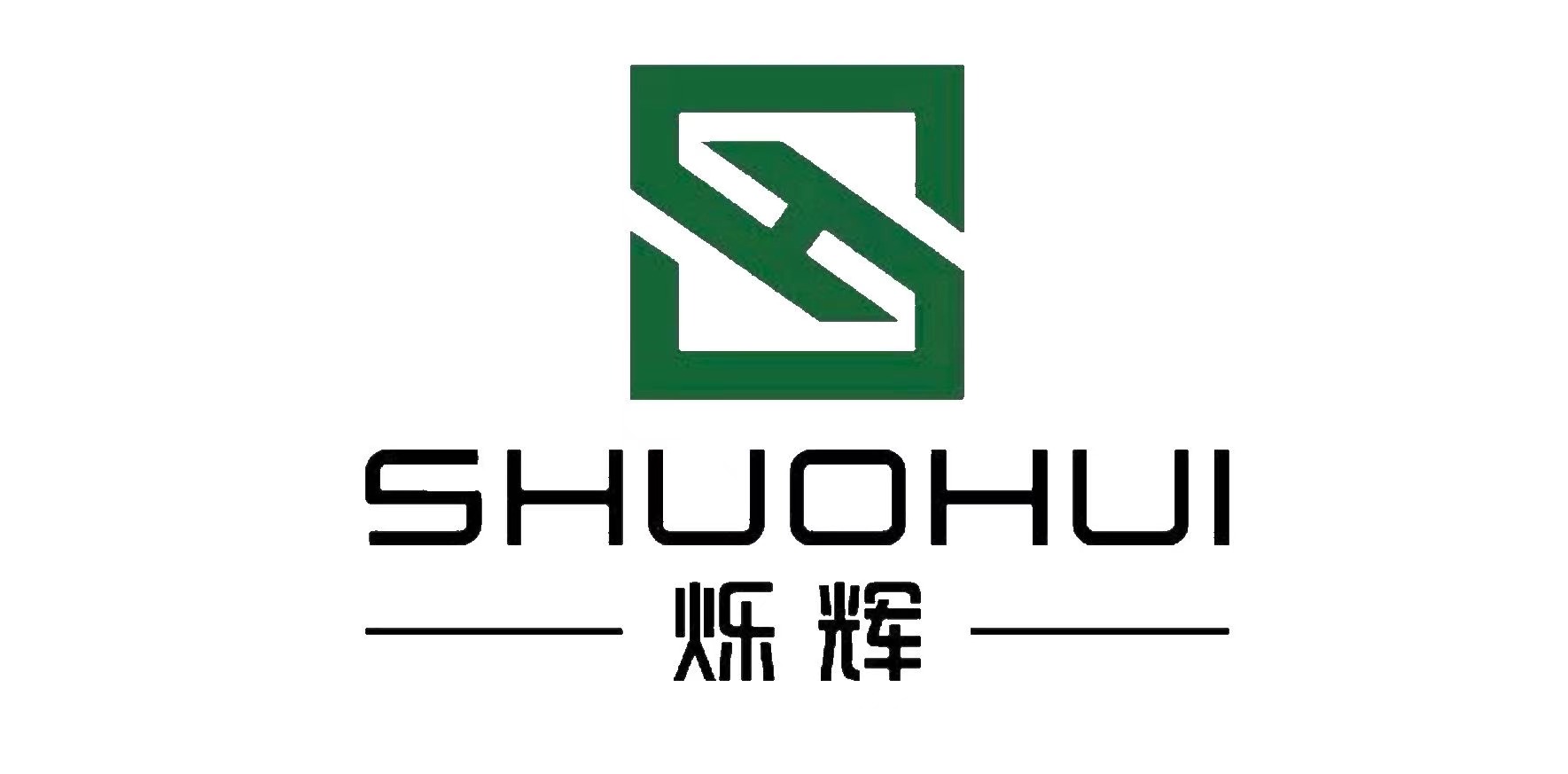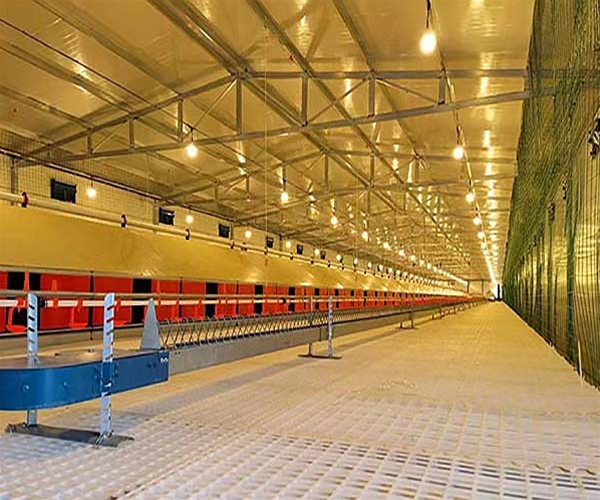In recent years, global for egg market has steadily increased. Eggs are the most affordable source of nutrition, and almost everyone eats one per day. This growing demand has driven many farms to invest in more efficient farming equipment. Recently, a customer invested in H-type fully automatic layer cage systems, achieving remarkable improvements in production efficiency and farm capacity.
This article explores why the H-type fully automatic layer cage system is a key investment for the future of poultry farming. It also explains how it helps farms maximize land use, reduce costs, and increase profits.
1. Egg Market Outlook: Huge Demand Drives Investment
The growing demand for eggs is one of the main reasons for investing in automation. In 2023, the Philippines population reached 117 million. The country needs nearly 1 billion eggs daily. Eggs are a staple food, and this demand will not decrease anytime soon.
Egg prices have risen by 30% recently, boosting profit margins for egg producers. The H-type fully automatic layer cage system is a powerful solution that allows farms to increase output and maximize land usage.
2. H-Type Fully Automatic Layer Cage: Boosting Efficiency and Maximizing Land Use
The key benefit of investing in H-type fully automatic layer cages is the ability to house more chickens on the same land area. For example, on 1,040 square meters, traditional free-range systems can accommodate only 15,600 chickens, while standard cages hold up to 22,080 chickens. However, using H-type fully automatic cages, farms can house twice the number of chickens.
This efficient land use directly doubles revenue. Farms can generate more profit from the same area, making it a valuable long-term investment.
3. Automation Brings Double the Benefits about egg market
Automation not only boosts production capacity but also increases management efficiency. For a farm with 30,000 chickens, using traditional cages requires 8-9 workers, and feeding takes 3 hours. But with H-type automatic cages, the farm only needs 1-2 workers, and feeding takes just 30 minutes.
This labor savings reduces costs and improves efficiency. Machines don’t get tired, unlike humans. They work continuously, ensuring optimal productivity. Over time, automation leads to even greater efficiency.
4. Why Automation Makes Farms More Profitable
Although the initial investment in H-type fully automatic layer cages is higher, the long-term benefits far outweigh the costs. Here’s why:
- More chickens can be housed in the same space, leading to higher egg production.
- Automated systems reduce labor costs, allowing farms to allocate funds elsewhere.
- Automation systems (feeding, water, egg collection) operate continuously, ensuring high productivity every day.
These advantages help farms earn double the revenue in the same time period. This explains why many farm owners choose to invest in automation. While the upfront costs are higher, the return on investment is substantial.
5. Sustainable Farming: Reducing Resource Waste with Automation
Automation not only improves productivity but also supports sustainability. The H-type fully automatic layer cages maximize land use. The automated feeding and watering systems reduce feed and water waste, lowering operating costs.
The automatic cleaning system helps maintain farm hygiene, reducing disease risks. Healthier chickens lead to higher-quality eggs, further boosting production.
6. Conclusion: Invest in Smart Farming Equipment for the Future
As agriculture moves toward greater automation and intelligence, the H-type fully automatic layer cage system is crucial for future farm development. Whether you are starting a new farm or upgrading your existing one, automation can increase efficiency and profit while ensuring long-term sustainability.
Contact us today to learn more about how we can customize a solution for your farm and help your poultry business grow rapidly.

